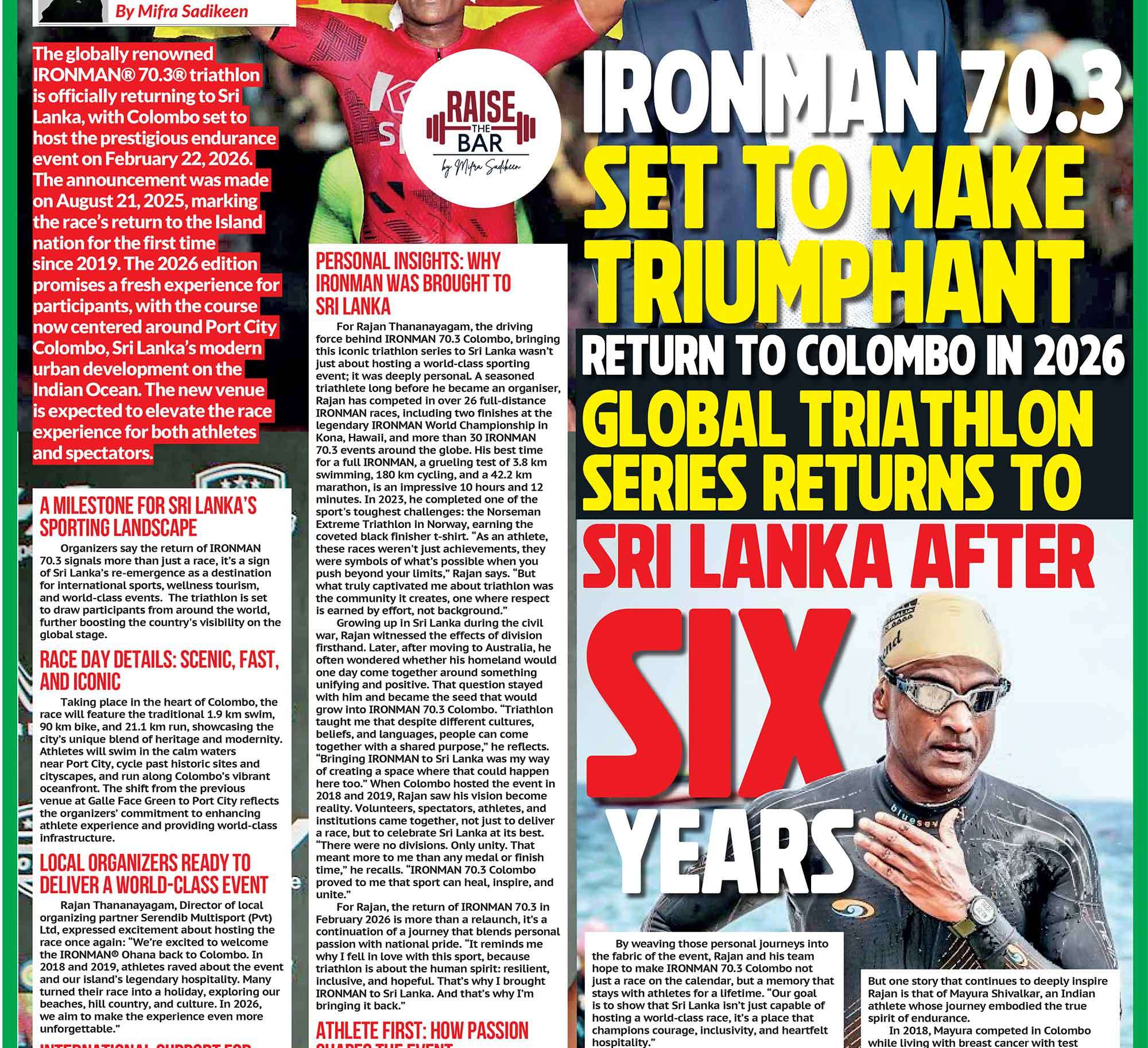Keira Knightley Shines in Netflix’s Slick but Shallow Thriller
Watch The Woman in Cabin 10 on Netflix

 Netflix’s latest psychological thriller The Woman in Cabin 10 opens with promise: a glamorous yacht, a stormy night, a journalist who swears she’s seen a woman thrown overboard, and an atmosphere thick with dread. Directed by Simon Stone and adapted from Ruth Ware’s bestselling novel, the film positions itself as a stylish mystery in the mould of Gone Girl and The Girl on the Train. Starring Keira Knightley as Laura “Lo” Blacklock, a travel writer caught in a nightmare at sea, it arrives with high expectations and a cast designed to dazzle. Yet while it delivers polished suspense and impeccable performances, its elegance masks an emptiness beneath the surface.
Netflix’s latest psychological thriller The Woman in Cabin 10 opens with promise: a glamorous yacht, a stormy night, a journalist who swears she’s seen a woman thrown overboard, and an atmosphere thick with dread. Directed by Simon Stone and adapted from Ruth Ware’s bestselling novel, the film positions itself as a stylish mystery in the mould of Gone Girl and The Girl on the Train. Starring Keira Knightley as Laura “Lo” Blacklock, a travel writer caught in a nightmare at sea, it arrives with high expectations and a cast designed to dazzle. Yet while it delivers polished suspense and impeccable performances, its elegance masks an emptiness beneath the surface.
Keira Knightley’s return to psychological drama is reason enough to watch. She carries the film with a steely vulnerability that anchors the chaos around her. From the first moment she steps aboard the Aurora, a private luxury yacht belonging to media mogul Richard Bullmer and his wife Anne, Knightley gives Lo the restless energy of a woman perpetually on edge. Her performance is taut and convincing. She captures the particular exhaustion of someone who has spent years proving herself in a male-dominated field only to find that when she most needs to be believed, no one will listen. It is a subtle but powerful portrait of gaslighting and disbelief, made believable through Knightley’s unshowy precision.
The setup is classic thriller territory. Lo, fresh from a traumatic break-in at her London flat, is assigned to cover the yacht’s inaugural voyage. The voyage promises champagne receptions, exclusive guests, and picture-perfect photos for her magazine. But on the first night, she hears a scream, sees a splash from the adjacent cabin, and becomes convinced that someone has been murdered. When she reports what she’s seen, she is told that Cabin 10 is empty and that no passengers are missing. Her colleagues dismiss her fears as stress or intoxication. The captain assures her that no foul play has occurred. And from there, paranoia begins to build as Lo sets out to prove that the crime she witnessed was real.
Director Simon Stone, best known for The Dig and The Daughter, knows how to draw tension from confined spaces. The yacht becomes a floating labyrinth of mirrors, corridors, and whispered conversations. The camera prowls behind Knightley as she moves through softly lit dining rooms and narrow hallways, reflecting her sense of isolation. The production design is immaculate. Polished chrome, marble decks, and shimmering ocean views create an atmosphere of elegant claustrophobia. Each shot feels deliberate, as if the walls themselves are watching. It is a film that looks expensive and self-assured, with cinematographer Bobby Bukowski capturing the cool menace of the sea.
The supporting cast adds further intrigue. Guy Pearce plays Richard Bullmer with his signature blend of charm and menace. Hannah Waddingham appears briefly as a PR executive whose smile conceals razor edges. Kaya Scodelario and Gugu Mbatha-Raw make stylish, if underused, appearances as fellow passengers. There are hints of Knives Out in the ensemble setup, though the film ultimately remains focused on Lo’s descent into fear. Still, one cannot help but wish for more interaction, more spark, and more psychological texture among the guests. The sense of community aboard the yacht feels underdeveloped, which leaves Knightley carrying most of the emotional weight.
At its best, The Woman in Cabin 10 taps into a rich thematic vein about female credibility and the fragility of perception. Lo is a woman whose voice is repeatedly dismissed, whose professionalism is undermined, and whose trauma is used against her. The film’s tension arises not only from the mystery itself but from the disorienting experience of being silenced. Knightley plays this dynamic beautifully. Her eyes flash between determination and doubt, and her physical performance, rushing through corridors, fumbling with phones, trembling as she writes notes in her cabin, conveys panic without melodrama.
But the film struggles to maintain that tension. At only ninety-five minutes, it races through plot twists that might have benefited from more breathing room. The first half builds an absorbing mystery, but the second half shifts abruptly into action mode, losing the psychological nuance that made it so promising. By the time the truth is revealed, the story feels more mechanical than haunting. The mystery’s resolution hinges on a plot device involving identity theft and digital manipulation, a modern update of the book’s premise that gestures at ideas about AI and online surveillance but never fully explores them. The concept is clever, but it lands without much emotional weight.
That lack of depth is The Woman in Cabin 10’s central flaw. For all its stylistic polish, it never quite gets under the viewer’s skin. The script by Joe Shrapnel and Anna Waterhouse is serviceable but thin, offering just enough dialogue to move the story forward without enriching the characters. We know little about Lo beyond her recent trauma and professional frustrations, and even less about the people surrounding her. Their motives and secrets remain surface-level, depriving the film of the moral ambiguity that defines great thrillers. When revelations come, they surprise the mind but not the heart.
Still, there is pleasure in watching a film executed with this much visual confidence. Stone’s direction is clean and deliberate, and he has a keen sense of rhythm. The yacht setting becomes both seductive and sinister, its luxury gradually curdling into menace. The music by Jed Kurzel hums with low-frequency unease, accentuating the isolation of open water. The editing by Alexandre de Franceschi is crisp, with crosscuts that heighten Lo’s panic and disorientation. Technically, it is a film of fine craftsmanship, one that takes care with every frame.
The ending, though divisive, offers a flicker of redemption. Without giving away too much, Lo’s determination leads her to uncover a deadly conspiracy involving the Bullmers and a woman coerced into impersonating Anne. The final scenes on the open sea deliver tension and catharsis, though their plausibility is debatable. What lingers afterward is not the twist itself but the image of Knightley, exhausted yet triumphant, standing on the yacht’s deck as dawn breaks. It is a moment of release that captures the film’s underlying theme: the resilience of a woman who refuses to be silenced.
Critics have been divided in their response. Some, like The Hollywood Reporter, praise Knightley’s commanding presence and Stone’s visual flair. Others, such as Variety and The Guardian, argue that the film sacrifices depth for gloss, calling it a “thriller without teeth.” Both assessments have merit. The film succeeds as a piece of entertainment, tense, attractive, and fast-moving, but falls short of being truly memorable. It is the kind of movie one enjoys in the moment, then forgets by morning, much like a vivid dream that dissolves with daylight.
There are flashes of brilliance that hint at what might have been. A dinner scene where Lo’s questions are met with polite laughter captures the quiet horror of social gaslighting. A sequence in which she hides in a maintenance corridor as footsteps echo above her pulses with Hitchcockian energy. These are the moments when The Woman in Cabin 10 comes alive, when style and psychology merge. Yet they are fleeting, quickly replaced by a chase or confrontation that feels designed to satisfy Netflix’s algorithm more than the viewer’s curiosity.
In the end, The Woman in Cabin 10 is a beautifully shot, moderately thrilling ride powered almost entirely by Keira Knightley’s skill and charisma. She turns what could have been a formulaic role into something compelling and credible. Her performance deserves a better film around it, one that trusts silence as much as spectacle. Still, even with its flaws, The Woman in Cabin 10 offers ninety minutes of sleek escapism and a reminder that Knightley remains one of Britain’s most dependable and quietly commanding actors. It may not redefine the genre, but it proves that even in the middle of the ocean, Knightley can hold our gaze and make us believe, if only for a moment, that the truth is still out there.










